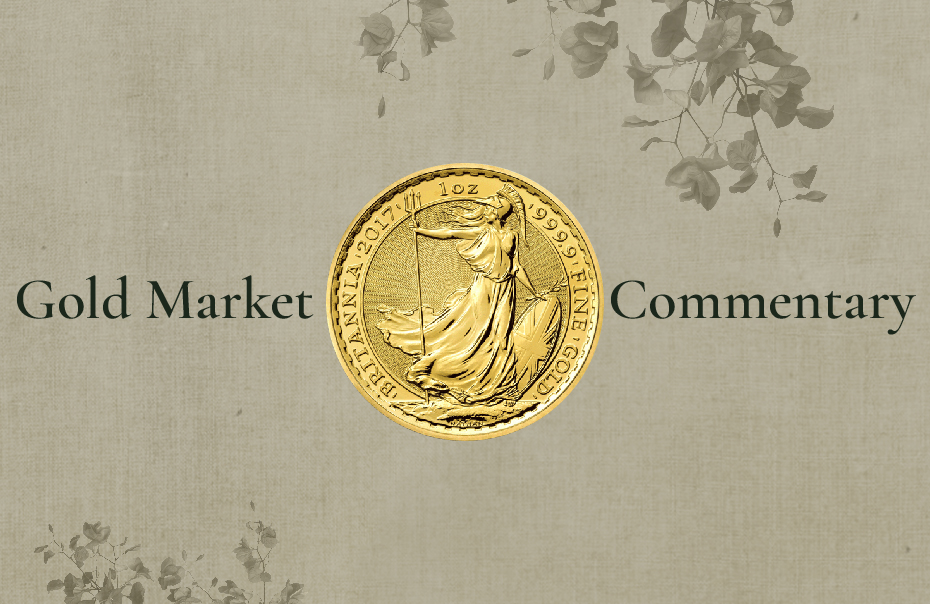Gold prices hit a three-month low in mid-June after signals the U.S. Federal Reserve could raise rates further in the coming months to curb inflation, potentially strengthening the dollar.
Gold dropped 0.5% to $1,933.89 per ounce on June 14, hitting its lowest since March 17.
The U.S. Federal Reserve indicated that a slower fall in inflation will result in a likely increase in borrowing costs by the end of this year.
Analysts saw further weakness in the gold price ahead, with U.S. rates possibly set to rise by an additional 0.5 percentage points by the end of 2023.
Higher rates could underpin the U.S. dollar, making gold more expensive in terms of other currencies.
Traders see a likely U.S. rate hike in July.
Focus also remained on the European Central Bank meeting, where it is expected to raise borrowing costs to their highest level in 22 years on June 15 and leave the door open to more increases.
For UK-based gold savers, the outlook for the pound against the dollar in which gold is denominated, remained firm due to expectations for more rate rises by the Bank of England to combat stubbornly high inflation fed by big wage rises.
Sterling ticked higher versus the dollar on June 14 after figures showed the UK economy grew modestly in April.
The UK economy grew by 0.2% month-on-month in April, pointing to slow growth rather than a recession. But contractions were seen in manufacturing and construction.
Wage data on June 13 pointed to resilient inflation, showing annual UK wage growth at 7.2%, excluding bonuses, in the three months to April – the biggest rise on record excluding data during the COVID-19 pandemic and prompting traders to see potentially more UK rate hikes ahead in the current cycle.
They see a likely 0.25 percentage point rate rise at next week’s meeting, with bets that the Bank of England’s Bank Rate – presently at 4.5% – could go as high as 5.7% by the end of 2023.
The UK central bank has already raised the rate 12 times since late 2021 from 0.1% to try to calm inflation.










